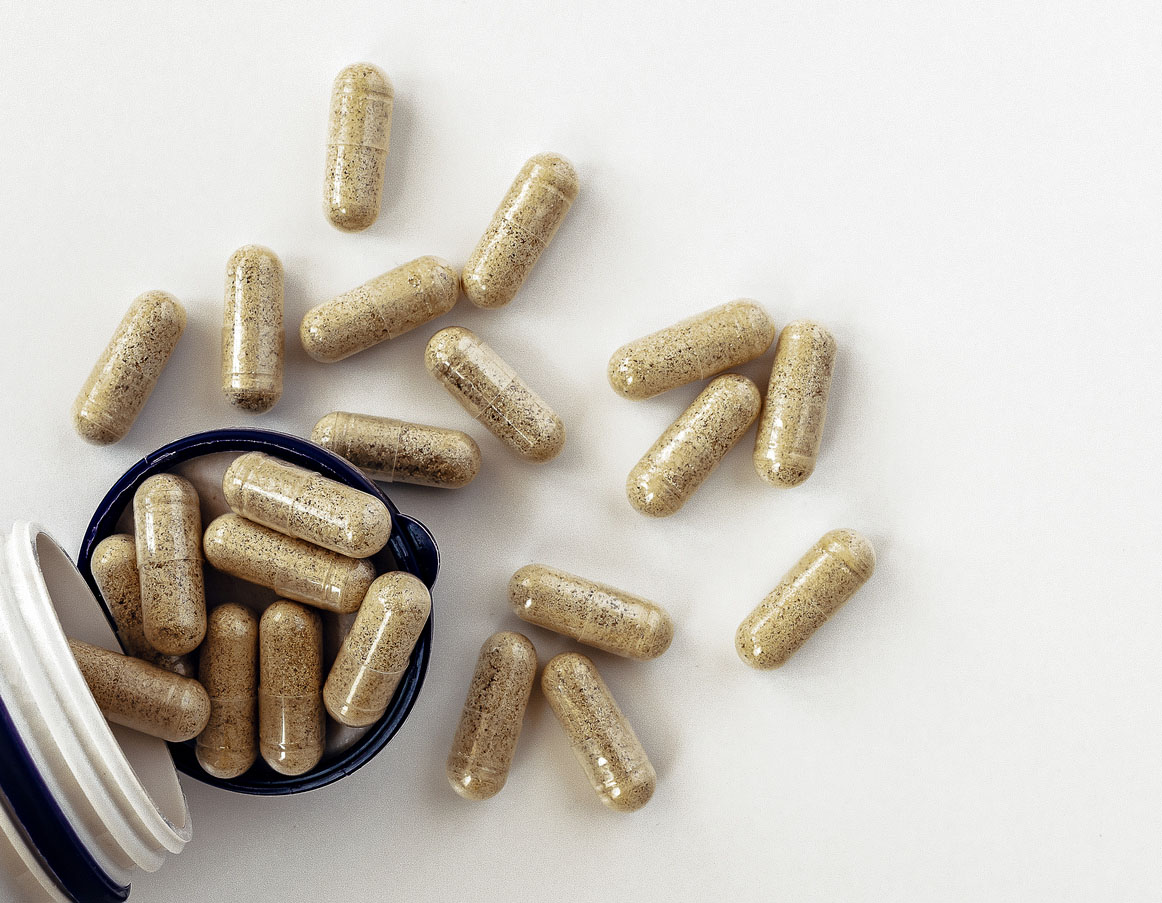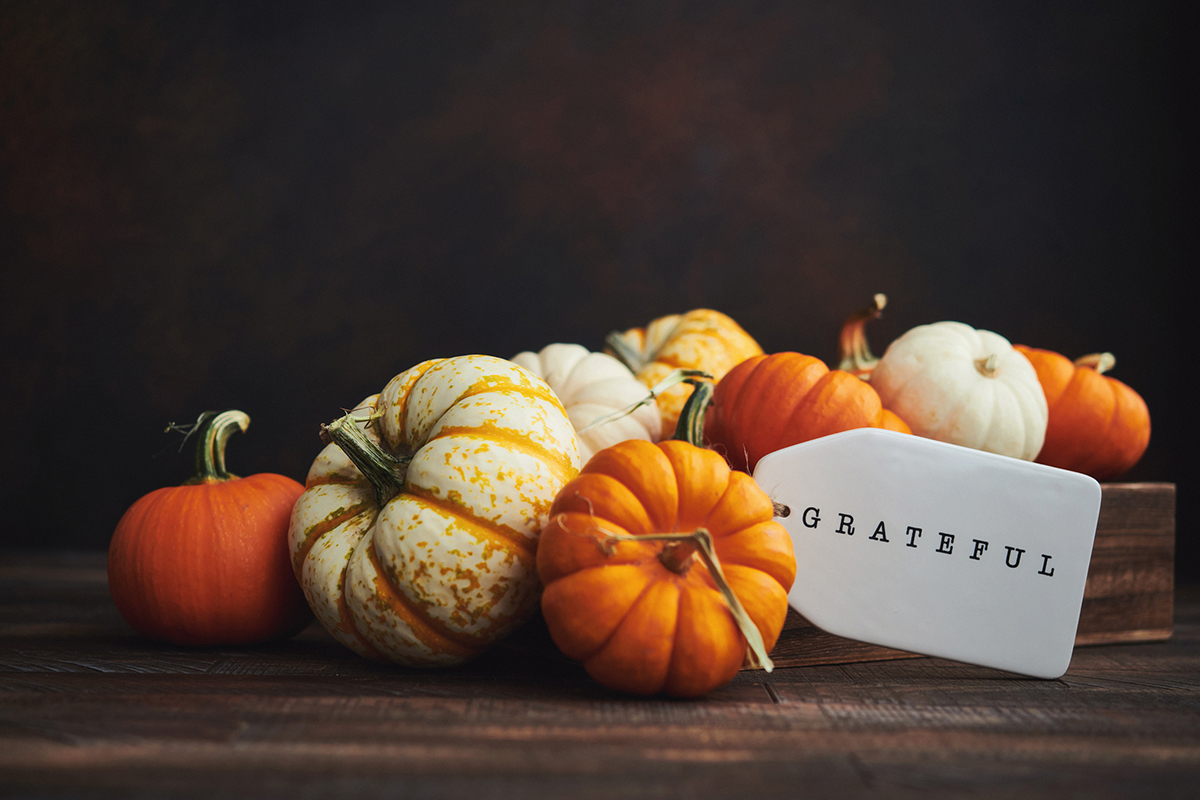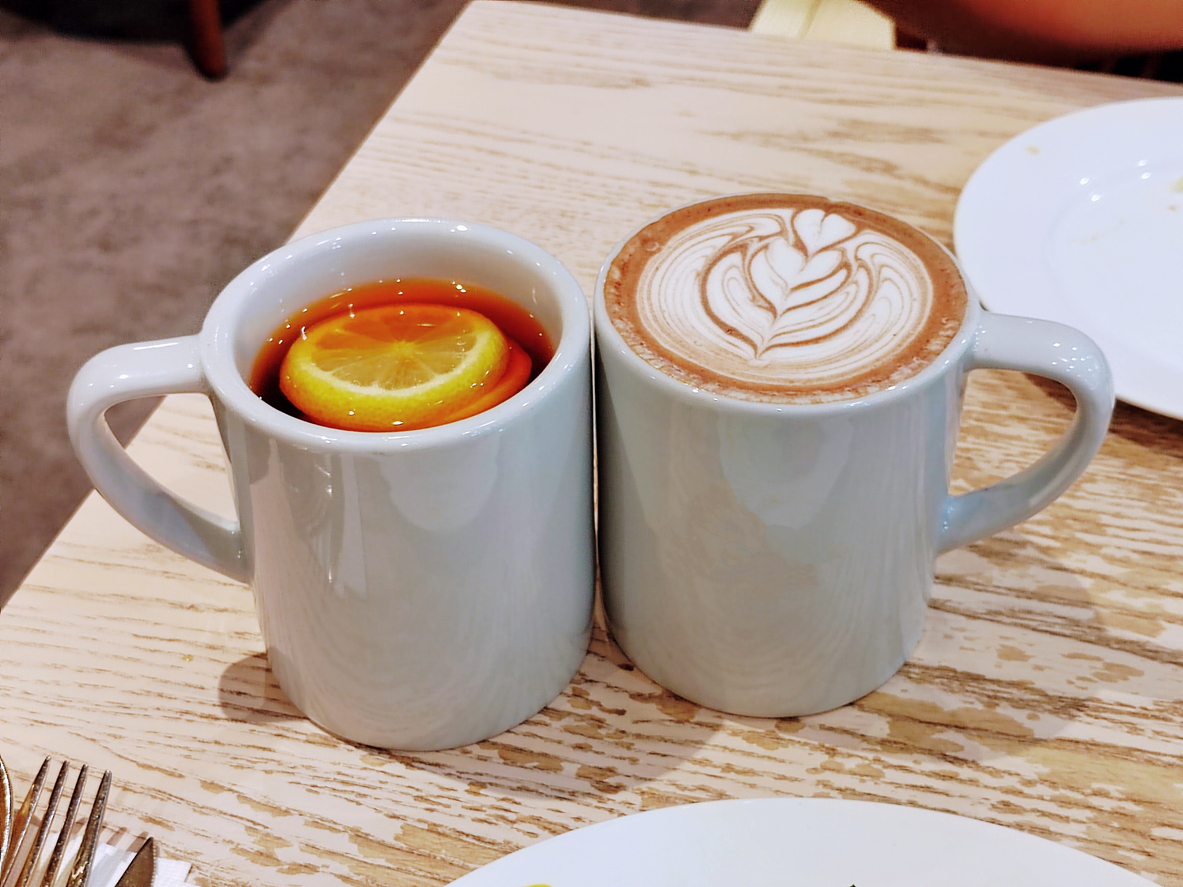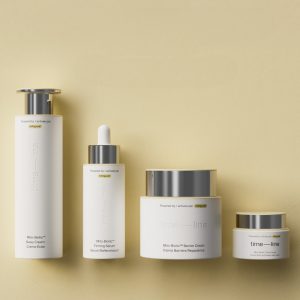Recent articles have hailed progress on the war on cancer. Experts point to statistics they say reflect rising survival rates and falling death rates from “preventable” cancers, such as breast and colon. Nevertheless, cancer remains a big killer, recently surpassing heart disease as the No. 1 cause of death in Americans younger than 85.
Critics of the new-cancer optimism emphasize that seeming advances in cancer treatment may be inflated. Ralph W. Moss, Ph.D., author of Questioning Chemotherapy and developer of the website www.cancerdecisions.com (a leading online cancer information and referral service) points out that recent boosts in the five-year survival rate of many cancers are artifacts of “lead-time bias.” That is, our ability to detect cancer very early has been vastly improved with PSAs (prostate specific antigens), mammograms, colonoscopies, PAP smears and other sophisticated imaging techniques. Thus, patients with cancer may only appear to live longer because they were diagnosed earlier. Many aggressively screened and treated patients also have slow-growing, very early prostate and breast cancers that probably wouldn’t curtail their life span anyway, even if left undiscovered.
Even more vociferous is Clifton Leaf, executive editor of Fortune magazine and himself a Hodgkin’s survivor, who recently wrote: “Optimism is essential, but the percentage of Americans dying from cancer is still what it was in 1970 . . . and in 1950.” Leaf contends that cancer researchers have taken a simplistic approach, driven by drug companies seeking a profitable “magic bullet,” and calls for changing how we think about cancer. And while some oncologists envision a time when cancer ultimately follows in the footsteps of AIDS, morphing into a treatable, chronic disease that responds to a “cocktail” of targeted drugs, the idea is to nip cancer in the bud well before it turns malignant and deadly.
The Technicolor Diet
Though a foolproof cancer diet doesn’t exist, there are some foods that seem to confer a protective effect. I recommend seeking out brightly colored fruits and vegetables from the entire color spectrum. Those bright pigments are signatures for antioxidant-rich plant compounds called phytonutrients, including carotenoids (yellow, green, orange and red) that act in concert to inhibit tumor progression, and anthocyanidins (blue and purple), which are among nature’s best cancer fighters. Eat the following foods on a daily basis or as often as you can:
- Berries: Rich in cancer-fighting proanthocyanidins and ellagic acid. The good news is that jams and jellies concentrate some of the benefits of fresh berries (but beware of the high sugar content). A good source is Blueberry SolidExtract.
- Grapes: Researchers recently identified a dozen phytonutrient compounds found in all grapes, called flavonoids, that work together to dramatically inhibit an enzyme that aids in the proliferation of cancer cells.
- Green leafy vegetables, carrots and beets: All are rich in carotenoids. While artificial beta-carotene turned out not to deliver consistent preventive benefits, carotenoids in their natural form protect cells from cancerous changes.
- Tomatoes and watermelon: One of the pigments that makes them red is lycopene, a carotenoid that seems to guard against several cancers, particularly prostate. New data suggests it may work against colon and pancreatic cancer as well. The good news for lovers of Italian cuisine is that cooking tomatoes and adding olive oil only serves to intensify the cancer-combating impact of lycopene.
Other cancer-fighting foods to include at mealtimes:
- Cruciferous vegetables: Brussels sprouts, cauliflower, cabbage and broccoli (especially newly germinated broccoli seeds) all contain useful anticancer compounds such as indole-3-carbinols and isothiocyanates. Aim for a serving a day.
- Flax: With its high lignan content (another important phytonutrient), flax seems to offer protection against hormonal cancers such as breast and prostate. It’s also good for cholesterol reduction and a great hedge against constipation (a risk factor for some gastrointestinal cancers). Try one or two tablespoons of freshly ground flaxseed per day-it’s great over salads or on oatmeal. Or take Brevail which is a standardized lignan extract.
- Onion family: Onions, shallots and garlic contain valuable cancer-battling compounds called polyphenols, including quercetin. It turns out the stronger and more pungent the flavor, the better the protection. Nature’s trade-off: bad breath.
- Tea: In particular, green tea has been found to have cancer-preventive effects in large studies conducted in China. The key ingredient apparently is EGCG (epigallocatechin gallate), a polyphenol compound. EGCG seems to ward off cancer by blocking the toxicity of environmental contaminants and by mimicking the effects of certain commonly used chemotherapy agents. The Stash brand is one of the best green teas on the market with one of the highest concentrations of protective polyphenols.
Exercise and Alcohol
The word isn’t completely out yet, but many studies show that exercise is an important hedge against cancer and can even help prevent its recurrence. Hence, those cancer walks held across the country to raise funds and awareness may actually bestow health benefits to survivors as well. It’s not clear exactly how exercise fights cancer. One theory suggests that it boosts insulin metabolism. Another hypothesizes that it may moderate excess levels of cancer-promoting sex hormones such as estrogen. Still others suggest that it enhances immunity or even provides more oxygen to tissues. (Lack of oxygen in cells is believed to foster cancer growth.) It’s a fair bet, then, that along with heart benefits, adopting a fitness regimen will give you some cancer protection as well.
Moderate drinking offers some heart benefits, but when it comes to cancer, the plot thickens. We know that among alcoholics, especially those who smoke, cancer rates soar. And studies show that as few as two or three drinks per week increase women’s risk for breast cancer. The reason is that even moderate consumption of alcohol robs the liver of some of its estrogen-metabolizing efficiency, thus exposing some drinking women to a higher risk of hormonal cancers.
Insulin Resistance and Cancer
Insulin resistance, or syndrome X, also may be a culprit in cancer. Remember that insulin resistance is reduced sensitivity in the tissues to the action of insulin, whose job it is to bring glucose in for energy. In turn, the body overcompensates by secreting more insulin from the pancreas, which eventually can result in high blood pressure, high blood glucose, elevated triglycerides, low levels of high-density lipoprotein or “good” cholesterol, and extra pounds (particularly around the waist).
Studies clearly show a higher cancer rate in overweight people. Type 2 diabetics, who are awash in excess insulin, also have far higher risk of malignancy, particularly gastrointestinal and reproductive cancers.
Insulin resistance seems to encourage cancers in several ways. One is by simply providing too much nutrition to cells–including fast-growing cancer cells. Another is by hiking levels of cancer-promoting estrogen (engorged fat cells act as tiny estrogen factories). On top of that, high insulin levels at cell receptor sites, particularly in the colon and breast, seem to promote growth of pre-cancerous cells. In addition, the excess pounds that are a hallmark of insulin resistance may signify overconsumption of unhealthy foods laced with environmental carcinogens that are retained in fat cells. And, finally, insulin resistance seems to encourage chronic inflammation.
The solution? Follow my heart-healthy Salad and Salmon diet, which may offer substantial additional protection against cancer. (For more on the diet, check out www.drhoffman.com/page.cfm/21). Also, ramp up your exercise routine, which makes cells more responsive to insulin.
CHEMOPREVENTION
While it might sound far-fetched that medical science may soon head off cancer in its earliest stages before it turns lethal, think of what we’re doing to curb heart disease in this country. Patients are being aggressively screened for risk factors–diabetes, hypertension, high cholesterol–and remedial action is being undertaken before the disease advances.
The idea behind chemoprevention is similar. Like heart attacks, tumors aren’t the first sign of disease. Both are the result of accumulated genetic and environmental processes that may take years to manifest as a full-blown disease. Researchers increasingly believe that these and other diseases of aging may be linked by common pathways, such as inflammation, that can be disrupted by taking a daily pill or other therapy.
Toward this end, a wide array of natural and designer compounds are currently being investigated for their potential to prevent cancer, augment standard treatments or prevent cancer’s recurrence. A leader in this area is the University of Texas M.D. Anderson Cancer Center. Researchers there have begun identifying preventive therapies for people who are genetically at risk. These include retinoids (compounds related to vitamin A); the green tea phytonutrient EGCG; nonsteroidal anti-inflammatory drugs (NSAIDs); curcumin (one of the main spices in curry); and selective estrogen receptor modulators (SERMs) such as raloxifene and tamoxifen, which occupy estrogen receptor sites and block the body’s own harmful estrogens from promoting cancer.
TELL YOUR ONCOLOGIST ABOUT THESE:
Few conventional doctors can refute the promise these natural therapies hold for preventing and treating cancer:
Fish Oil
With its omega-3 fatty acids (good fats), such as EPA (eicosapentaenoic acid), fish oil deserves a place of prominence due to its multitude of synergistic cancer-fighting actions:
- Combats inflammation. Colon cancer is thought to be caused, at least in part, by chronic inflammation, since its incidence is hiked in patients suffering from inflammatory bowel diseases such as ulcerative colitis and Crohn’s disease. Other examples include lung cancer and smoking (which causes inflammation) as well as esophageal cancer and chronic gastroesophageal reflux (also an inflammatory condition). Anti-inflammatory effects extend not just to the blood vessels, or the joints, but are pervasive throughout the body.
- Reduces insulin resistance. Is one of the most effective ways to sensitize the cells’ insulin receptors (see below).
- Favorably alters gene expression. Helps regulate mechanisms for proper cell growth, preventing out-of-control proliferation and the spread of tumors.
- Slows cancer-wasting (cachexia). After cancer has developed, slows the wasting away of patients’ bodies by blocking a compound called tumor necrosis factor, an immune-system peptide that destroys healthy cells when levels are elevated.
Supplementing with fish oil has a place in both prevention and treatment of cancer. Note: if you’re having cancer surgery or a biopsy, tell your doctor you’re taking fish oil. Because of its blood-thinning properties, he or she may ask you to discontinue using it for a couple of weeks beforehand and a week or so afterward, to avoid bleeding complications.
To prevent cancer, take two 1,000 mg (milligrams) capsules of fish oil with EPA/DHA daily. For treatment, take four to six capsules per day as tolerated. (Some patients may experience nausea, especially if they’re undergoing chemo.) A packet or two a day of a tasty, custard-like emulsified fish oil, called Coromega, provides an alternative for some finicky patients.
Phytonutrient Supplements
In addition to eating plenty of the cancer-fighting foods listed earlier, talk to your doctor about also incorporating these antioxidant-rich, plant-based supplements into your cancer-prevention or treatment regimen:
- Curcumin: This derivative of the kitchen herb turmeric, used in curry, is available as a standardized supplement. Take one 500 mg capsule twice daily.
- Dimpro: With its blend of diindolylmethane, phosphatidylcholine and vitamin E, this supplement supports hormonal balance. Take one 75 mg capsule twice daily.
- EGCG: While drinking green tea can confer some benefits, more aggressive prevention and cancer treatment calls for a harder-hitting supplement. I use EGCG Ultra, which delivers 70 percent polyphenol content. Just one 500 mg capsule is equivalent to sixteen cups of high-quality Stash tea (or twenty-two to fifty cups of ordinary green teas). Additionally, caffeine and vitamin K have been removed. For prevention, I recommend one capsule twice daily for active cancer, four to six capsules per day.
- ImmPower: AHCC (Active Hexose Correlated Compound) is made from hybridized mushrooms used in traditional Japanese healing. Take one 500 mg capsule twice daily. For maximum benefits, take six capsules per day with meals.
- Kyolic: The benefits and immune power of aged garlic extract has attracted the attention of the world’s most promising researchers. Take one 600 mg capsule twice daily.
- Lycopene: Controversy exists about whether capsules of this tomato extract deliver benefits comparable to those of real tomatoes. Nevertheless, I make use of a product called Lyc-O-Mato, a functional food extract derived from tomatoes specially bred for enhanced lycopene content. Take one 500 mg capsule twice daily.
- Pectasol: Validated by human trials, modified citrus pectin is a new substance that has a binding affinity for mutated cells (such as cancer cells) and may potentially inhibit their ability to attach to other parts of the body. Pectasol has been shown to support healthy prostate function and strengthen the immune system. Take one 450 gm scoop with liquid three times daily.
- InflamaSYN or Phytoguard: These standardized combination products contain several beneficial herbs that work synergistically to both ward off and treat cancer.
InflamaSYN contains curcumin, green tea, ginger, oregano, rosemary and other inflammation-fighting and cancer-preventive herbs. It’s currently under study at Columbia Presbyterian Hospital for its effects on prostate cancer. Take one twice daily for prevention, two twice daily for cancer.
Phytoguard contains green tea, broccoli extract, curcumin, quercetin and additional phytonutrients valued for heart-protective and cancer-preventive effects. Take one twice daily for prevention, four to six daily for cancer.
Selenium
A 1996 study at the University of Arizona Medical School confirmed the dramatic cancer-preventive effects of this trace mineral. Participants who took 200 mcg (micrograms) of selenium a day cut their risk of colon, prostate and lung cancer by half. I recommend the same daily dose of selenomethionine. Food sources include Brazil nuts and fish.
Vitamin D
One of the most riveting new stories on the cancer front involves the vitamin D connection. Interest in the possibility that vitamin D deficiency and cancer are linked first arose in the 1980s when Dr. Cedric Garland of the University of California at San Diego noticed that colon cancer was more a disease of temperate climates, north and south of the equator where sun exposure is less during the winter months. Similar trends were seen for osteoporosis and multiple sclerosis.
This led to the theory that time in the sun offers protection against these diseases. It also led cancer researchers to vitamin D (long believed to mainly strengthen bone), since it’s made in the skin in response to sun exposure. Subsequent studies have confirmed correlations between adequate levels of vitamin D and protection from prostate, breast, colon and skin cancer.
A recent melanoma study even revealed a surprising paradox: Survivors of this potentially deadly skin cancer, which may be initiated by overexposure to the sun early in life, survived longer with additional sun exposure.
Many doctors warn patients against sunning themselves because of cancer risk and are uncomfortable prescribing higher than minimal doses of vitamin D due to its known risks of calcium overload and kidney stones. However, patients can easily be tested for vitamin D with a test called 25-hydroxy D. When I supplement cancer patients with vitamin D, I aim for high-normal values and test frequently (every six weeks or so) to see whether I might be undershooting or overshooting the mark.
Like many complementary physicians, I recommend natural vitamin D3 (cholecalciferol) at doses up to 4,000-5,000 IUs (International Units) per day as opposed to multivitamins and calcium combination products, which typically contain no more than 400-800 IUs of vitamin D.
Tocotrienols
The latest in the fight against cancer, the constituent of vitamin E identified as tocotrienols appear to have a suppressive effect on the growth of cancer cells, thereby inhibiting angiogenesis. Current research indicates tocotrienols are up to 60 percent more effective than tocopherols in disease prevention. Take one 270 mg softgel twice daily.
More research needs to be done, but the preponderance of evidence and 20 years of clinical experience with cancer patients suggests to me that supplements have a place in cancer treatment. However, as I frequently reiterate on my radio show, there’s no one-size-fits-all approach. Nutritional therapy needs to be carefully individualized to a particular condition so it doesn’t conflict with conventional treatment. I also remind callers that just as they spend hours consulting with their oncologist about conventional strategies, they should also consult with a qualified nutrition professional who is aware of potential interactions.






